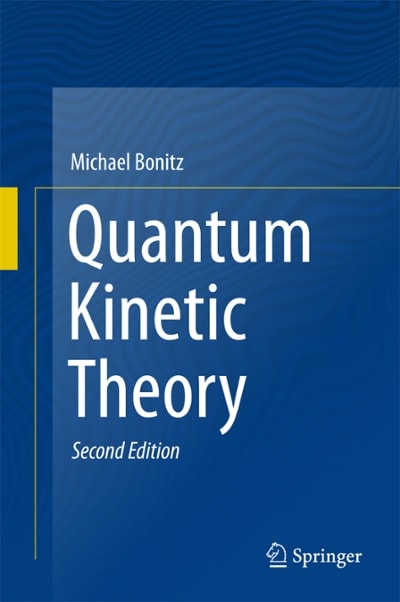A=29 B=39 C=139 D=12 Will be graded: 1. A particle is traveling in X direction at a speed of D x10 m/s within the magnetic field of D/10 T pointing in Y direction. a. If the particle is an electron, calculate the magnitude and direction of the magnetic force. Draw three vectors and explain what right hand rule you use and how? (10 points) b. If the particle is a proton, what will be the answer to a.? (10 points) c. If the particle is a neutron, what will be the answer to a.? (15 points) d. Calculate the acceleration of each particle? (20 points) e. What is the direction of magnetic force acts on the following example? If current is D/5 Amps to the left and the magnetic field D/100 Tesla upward as shown, calculate magnetic force on 0.25 m length wire? (20 points) Do for practice and earn (25 points) for completion: 2. A electron in a particle accelerator has a speed of B x 10 m/s towards +X Direction. The electron encounters a magnetic field whose magnitude is D/10 T and whose direction makes an angle of A degrees with respect to the electron's velocity. Find (a) the magnitude and direction of the force on the electron (b) the acceleration of the electron. (c) What would be the force and acceleration of the particle were a neutron? 3. a. What is the direction of the magnetic force on a negative charge that moves as shown in each of the cases shown? Dr. Hetti PHY 156 X b. What is cross field? Provide an example? 4. Three particles travel through a region of space where the magnetic field is out of the page, as shown in the figure. What are the signs of the charges of these three particles? O O 5. In the figure, a small particle of charge -B x 10-6 C and mass m= D x 10" kg has speed vo= B x 10' m/s as it enters a region of uniform magnetic field. The particle is initially traveling perpendicular to the magnetic field and is observed to travel in the semicircular path shown with radius R = C/100 cm. Find the magnitude and direction of the magnetic field in the region. Region of magnetic field Path of the particle







